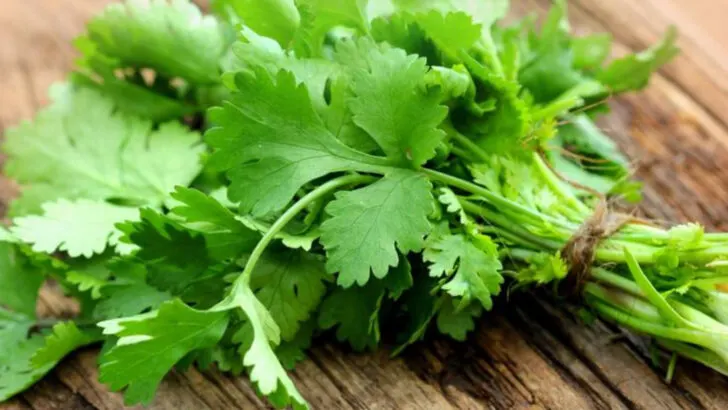If your patio or balcony only gets a few hours of direct sunlight a day, that doesn’t mean you have to give up on growing herbs. In fact, several common culinary herbs actually prefer cooler conditions and a bit of shade. They won’t bolt as quickly, and their flavors can stay more balanced than those constantly baking in the sun.
That said, some herbs really do need that full sun exposure to stay healthy and productive. It’s easy to assume they all have the same light needs, but the differences can be pretty stark once you know what to look for. Here’s a closer look at 13 herbs that will do just fine or even better, in partial shade, plus 6 that should stay in the sunniest spots you’ve got.
Mint
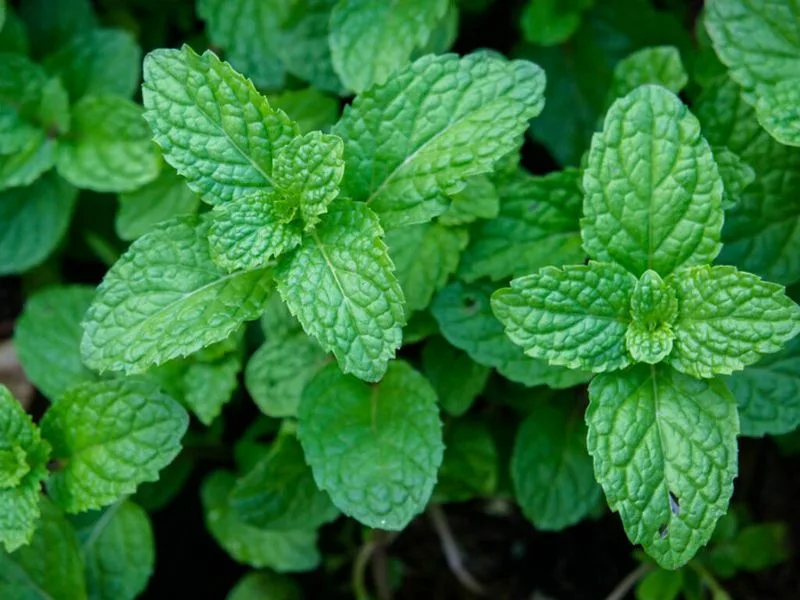
Mint is a refreshing and versatile herb that thrives even in shaded areas. Its robust growth and fragrant leaves make it a favorite among gardeners. Whether used in teas, cocktails, or salads, mint adds a burst of flavor. Its leaves are a vibrant green, and when you brush against them, they release a delightful aroma. Growing mint in a pot can prevent it from overtaking your garden due to its invasive nature. Just ensure it has enough moisture and watch it flourish, even without direct sunlight.
Cilantro
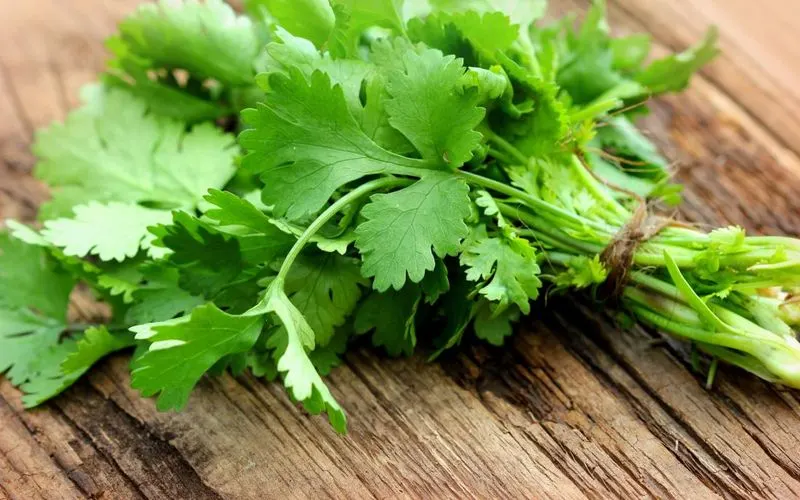
Cilantro, known for its culinary appeal, particularly in Mexican and Asian cuisines, can thrive in partial shade. Its delicate leaves and distinctive fragrance make it a must-have herb for spicy dishes. The plant prefers cooler temperatures and benefits from morning sun with afternoon shade. Cilantro’s quick growth allows for multiple harvests throughout the season. While it can bolt in hot conditions, its shade tolerance makes it a reliable choice for shaded balconies.
Parsley
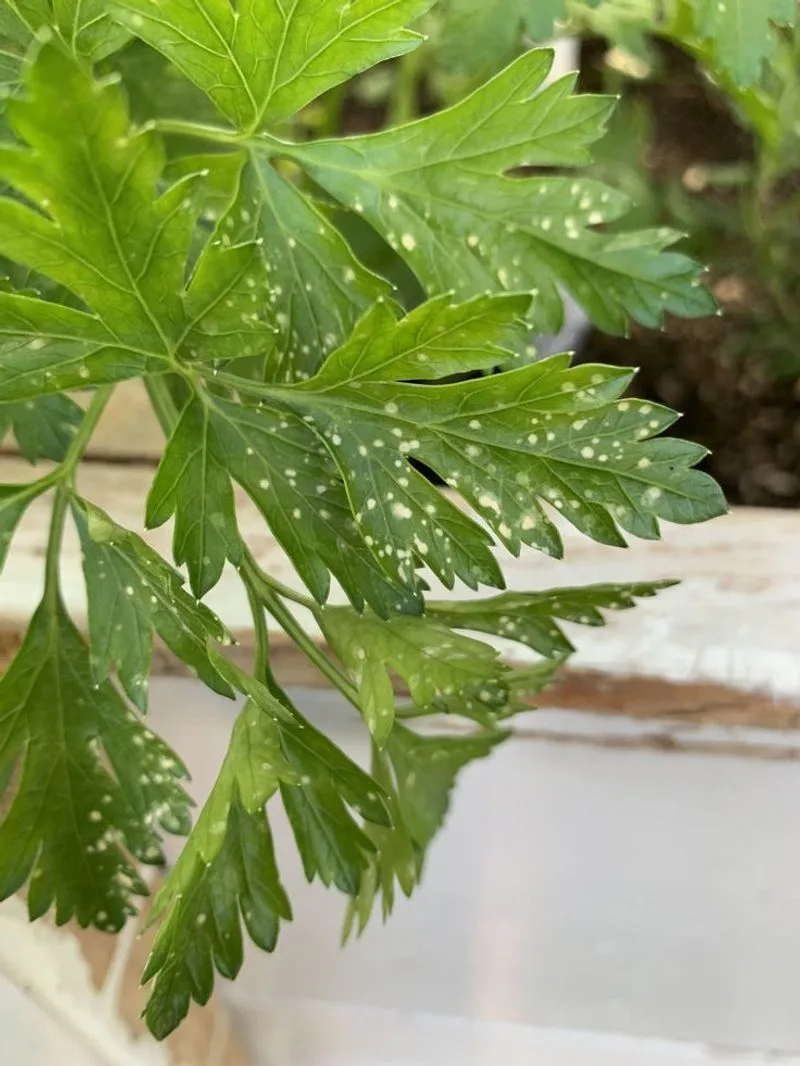
Parsley, with its fresh and mildly peppery flavor, is an excellent addition to any shaded garden. It prefers indirect sunlight and grows well in pots, making it perfect for balconies. This biennial herb is not just a garnish but a nutritional powerhouse, rich in vitamins A, C, and K. Parsley’s curly or flat leaves add a touch of greenery and flavor to a variety of dishes. Regular harvesting encourages bushy growth, ensuring a continuous supply of this versatile herb.
Chives
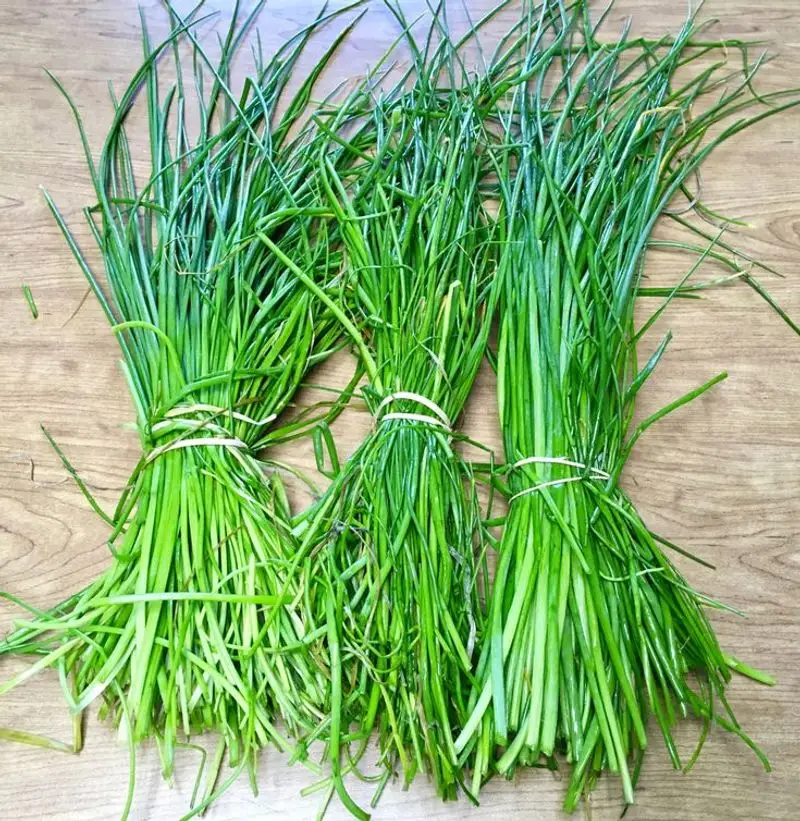
Chives, with their mild onion flavor, are a delightful addition to any culinary garden. They grow well in pots and are ideal for partially shaded areas. Their slender green stalks and light purple flowers add beauty and flavor to dishes. Chives require minimal care, with regular watering and occasional trimming to encourage new growth. Their ability to adapt to different light conditions makes them a versatile choice for gardeners with limited space and sunlight.
Lemon Balm
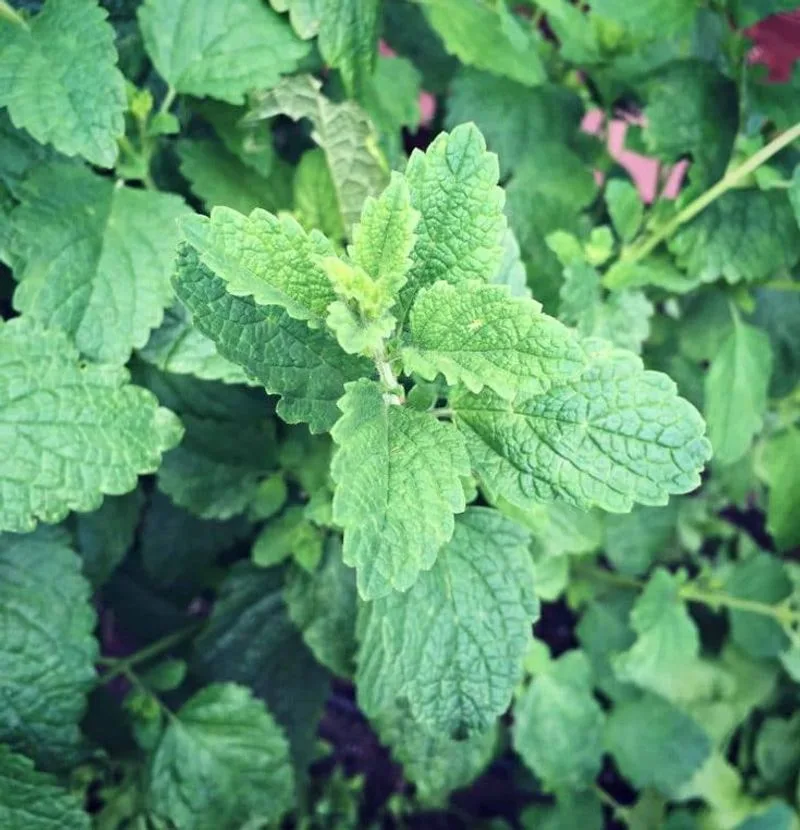
Lemon balm, with its bright citrus aroma, is perfect for shaded gardens. This herb’s soothing fragrance and calming properties make it ideal for teas and aromatherapy. Lemon balm prefers rich, well-drained soil and thrives in pots, making it suitable for balconies. Regular pruning helps maintain its shape and encourages bushy growth. Its resilience to shade, combined with its pleasant scent, makes lemon balm a delightful addition to any shaded herb collection.
Thyme
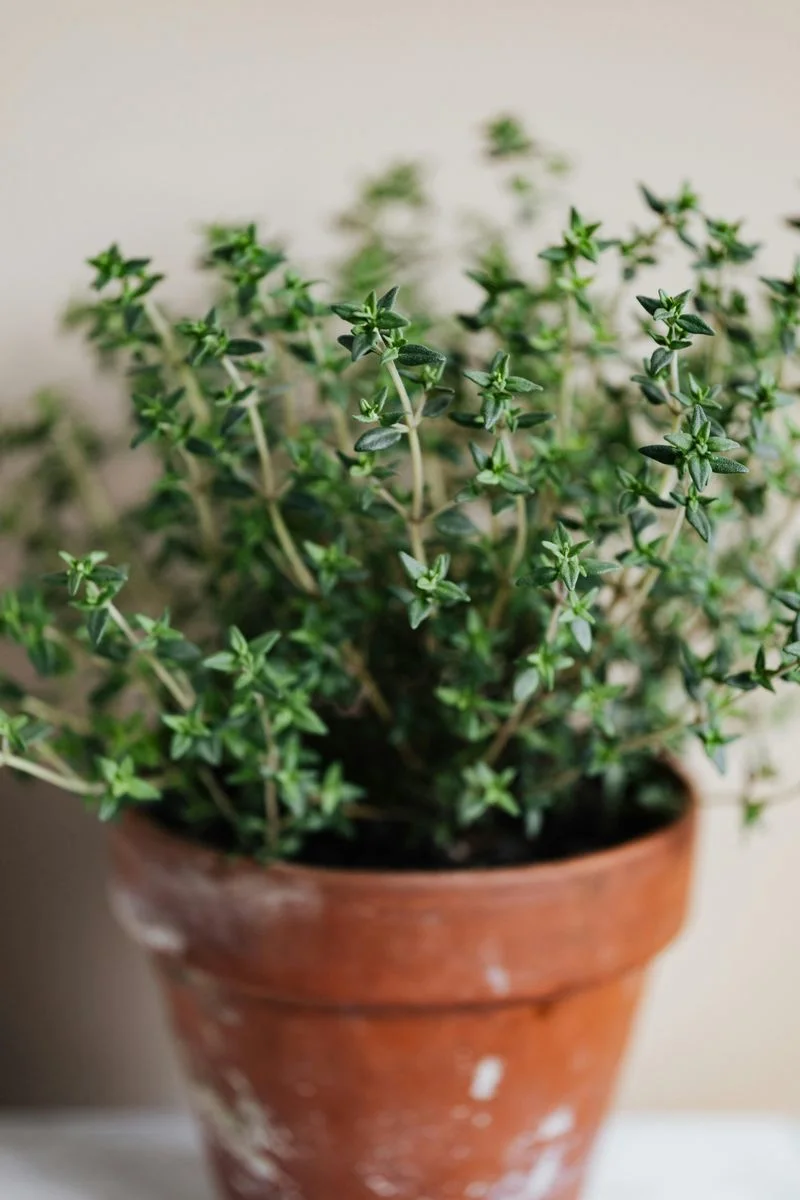
Thyme, with its earthy flavor and tiny leaves, thrives in partial shade. This hardy herb is perfect for pots and can be used in a variety of dishes, from roasts to soups. Thyme prefers well-drained soil and regular watering but does not require direct sunlight to flourish. Its resilience and adaptability make it a staple in any herb garden. Regular trimming keeps the plant healthy and promotes new growth, ensuring a continuous supply of this aromatic herb.
Oregano
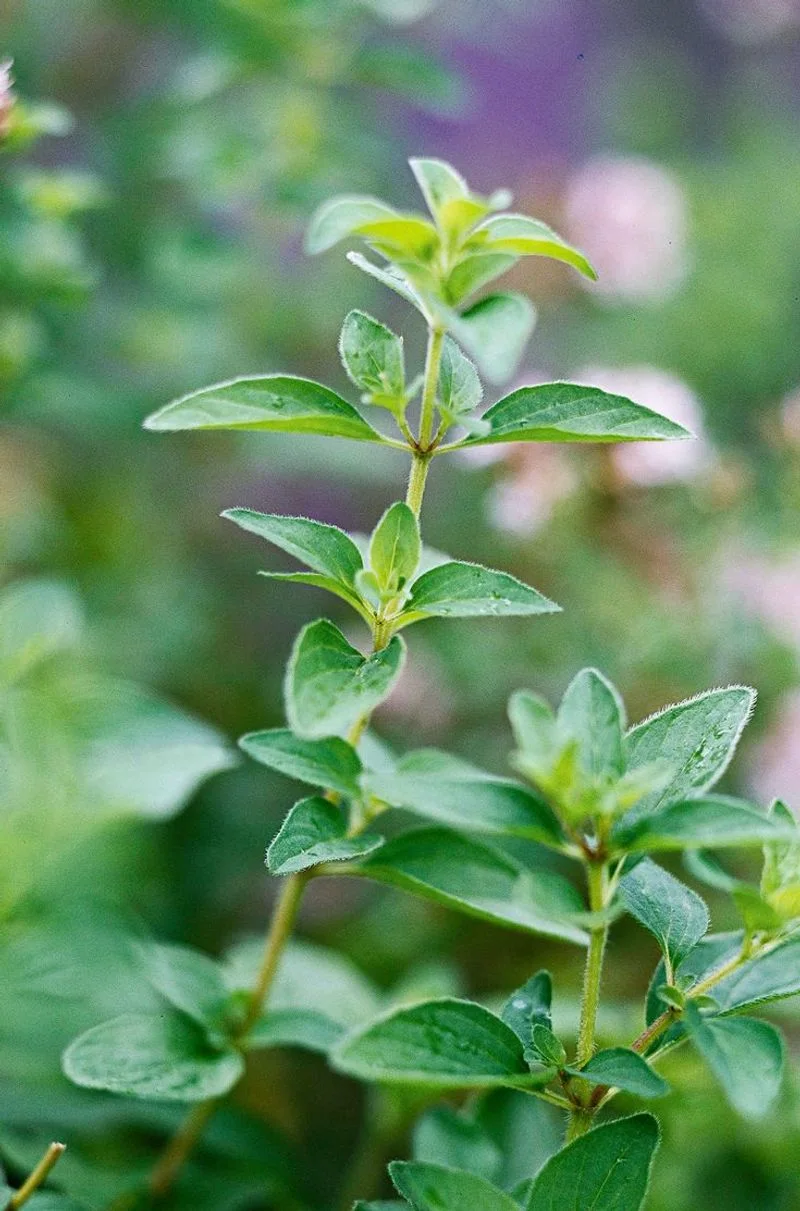
Oregano, with its robust flavor and aromatic leaves, is a staple in Mediterranean cuisine. It thrives in pots and can adapt to partially shaded conditions. Oregano prefers well-drained soil and does not require constant sunlight to flourish, making it ideal for shaded balconies. Regular pruning encourages bushy growth and enhances its culinary appeal. This herb’s ability to thrive in various conditions makes it a versatile and essential addition to any herb collection.
Sage
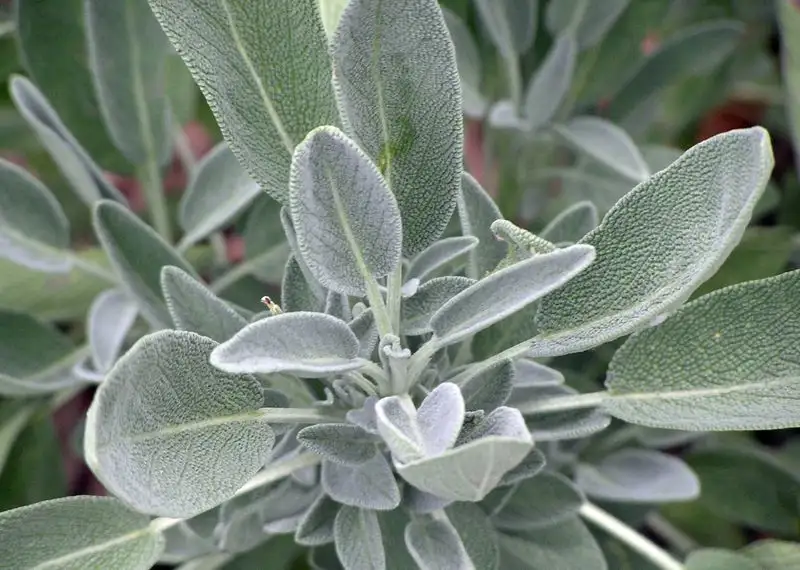
Sage, known for its earthy aroma and velvety leaves, can thrive in partial shade. This perennial herb is perfect for culinary and medicinal use, adding depth to dishes and soothing teas. Sage prefers well-drained soil and moderate watering. Its ability to adapt to varying light conditions makes it suitable for shaded balconies and patios. Regular pruning helps maintain its shape and encourages new growth, ensuring a constant supply of this fragrant herb.
Tarragon
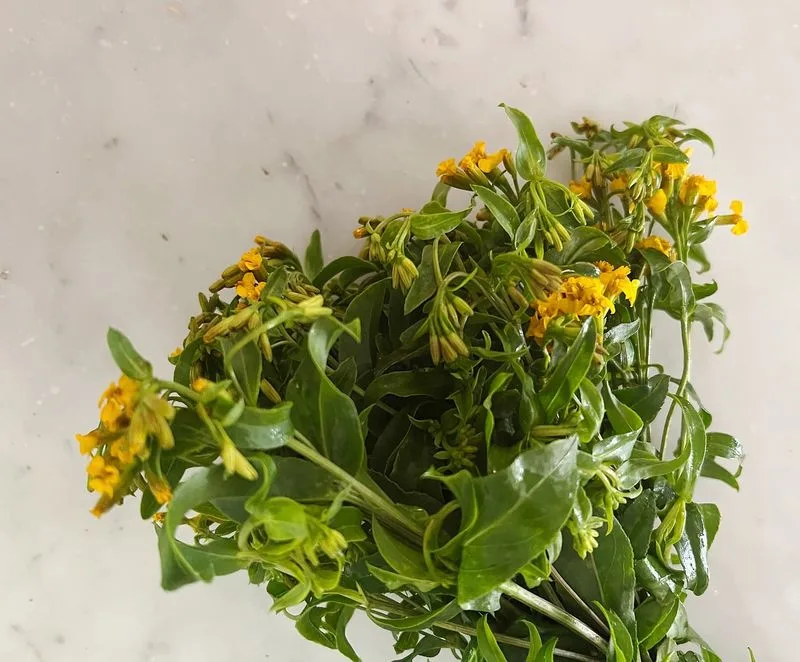
Tarragon, with its anise-like flavor, is a cherished herb in French cuisine. It grows well in partially shaded areas, making it ideal for balcony gardens. Tarragon prefers well-drained soil and regular watering, but can tolerate occasional shade. Its slender leaves add a unique flavor to dishes like chicken and fish. Regular trimming promotes bushy growth, ensuring a steady supply of this distinctive herb. Tarragon’s adaptability makes it a valuable addition to any herb garden.
Basil
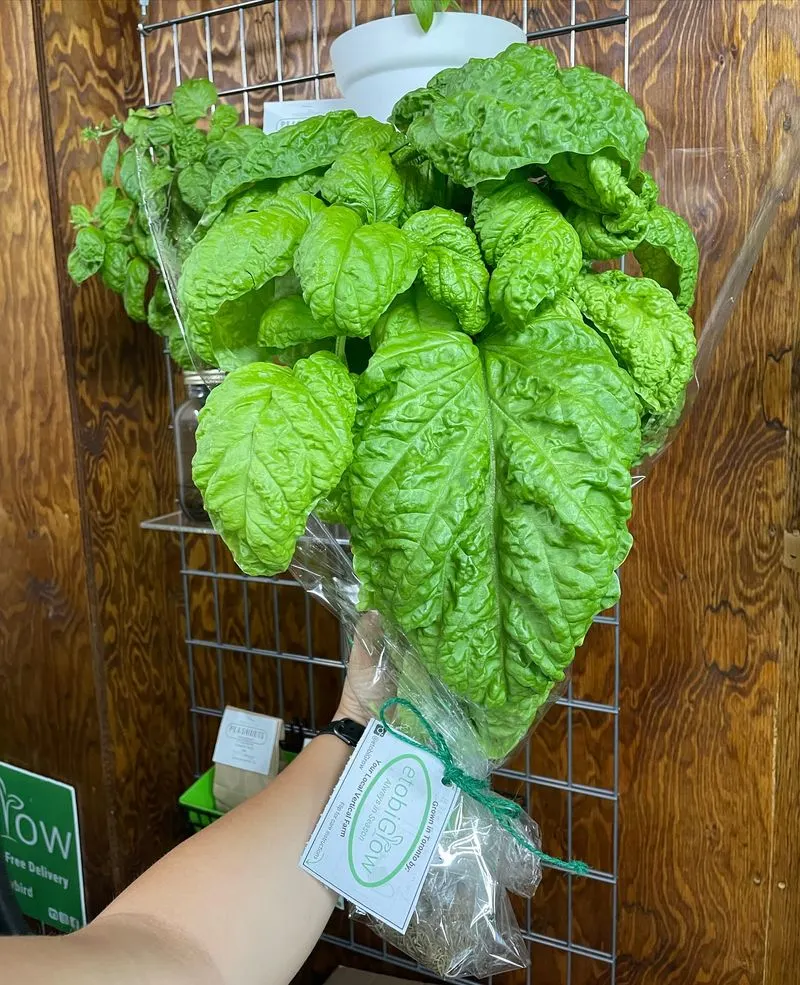
Basil, with its sweet aroma and vibrant leaves, thrives in full sun and is a favorite among gardeners. This herb is essential in Italian cuisine, adding flavor to pesto, salads, and sauces. Basil prefers well-drained soil and regular watering to maintain its lush growth. While it requires full sun to flourish, it can be grown in pots, making it suitable for patios. Regular harvesting encourages new growth, ensuring a fresh supply of this aromatic herb throughout the season.
Lavender
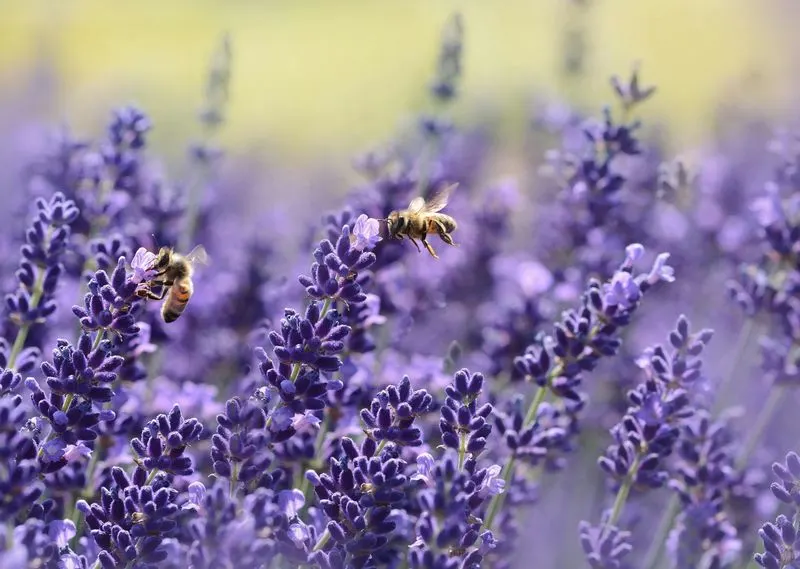
Lavender, renowned for its soothing fragrance and vibrant purple flowers, requires full sun to thrive. This herb is a favorite in aromatherapy and adds a touch of elegance to any garden. Lavender prefers well-drained soil and is drought-tolerant once established. Growing it in pots allows for easy relocation to sunny spots. Regular pruning encourages new blooms and maintains the plant’s shape. Its ability to attract pollinators makes lavender a beneficial addition to any full sun garden.
Rosemary
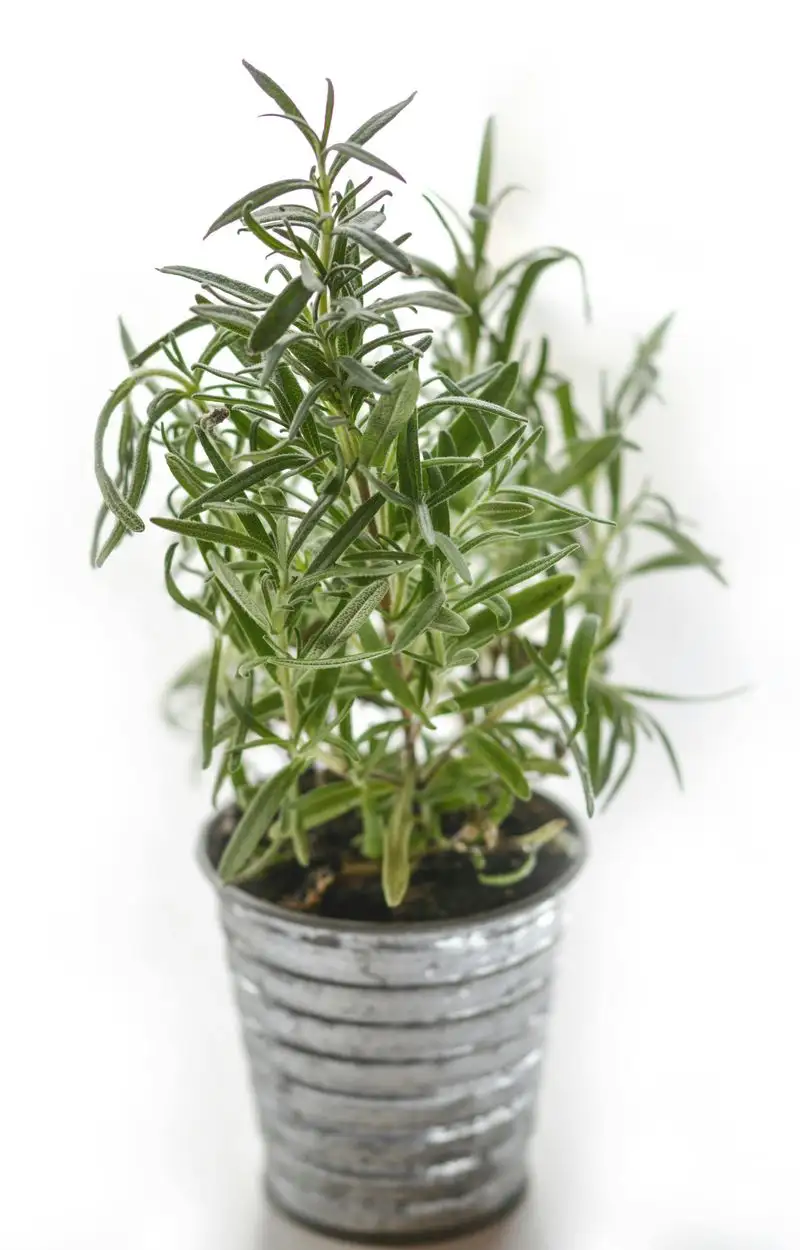
Rosemary, with its aromatic needle-like leaves, thrives in full sun and is a staple in Mediterranean cooking. This perennial herb prefers well-drained soil and regular watering, although it is drought-tolerant once established. Rosemary’s robust growth and distinctive flavor make it a versatile addition to any garden. Growing it in pots allows for easy placement in sunny areas, ensuring it receives the light it needs to flourish. Regular pruning encourages new growth and a bushy appearance.
Dill
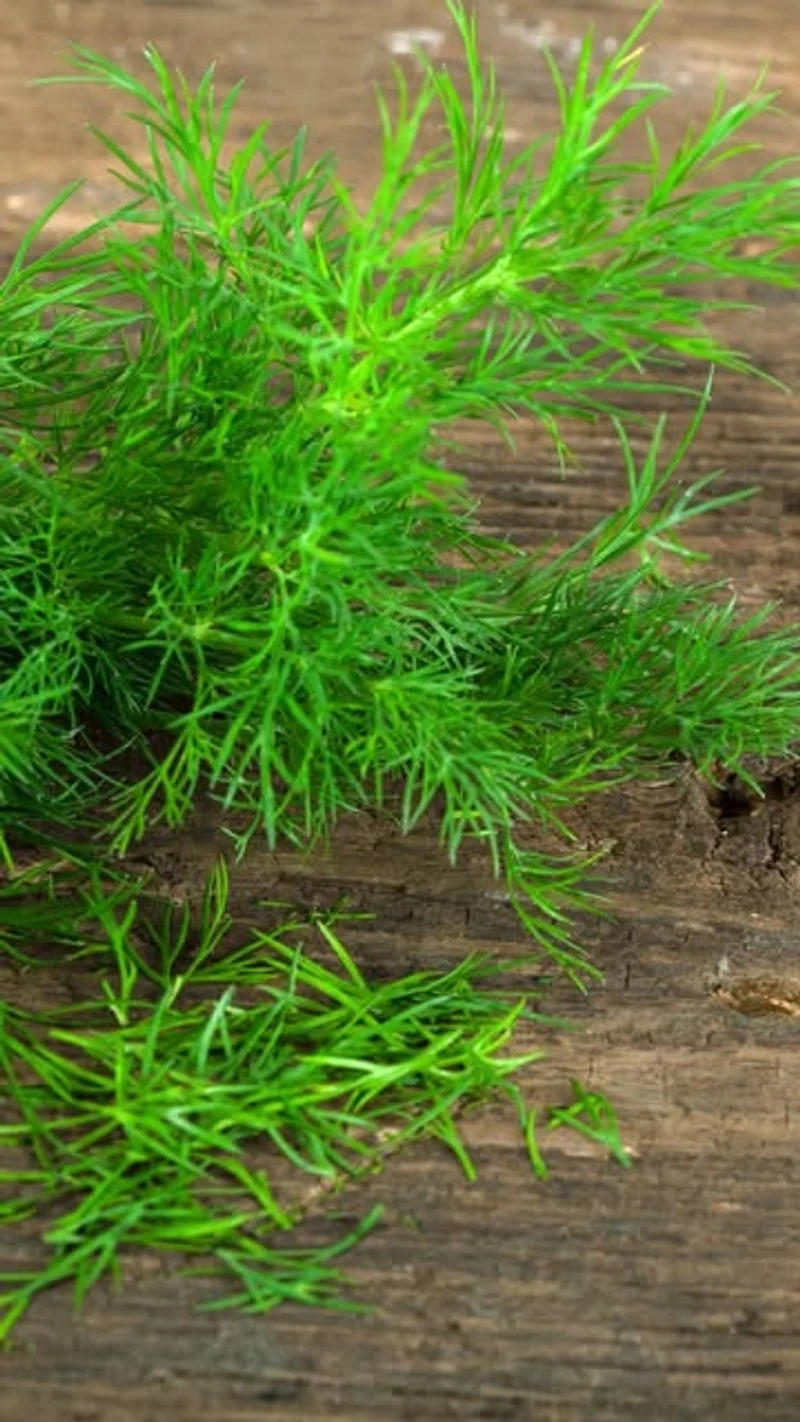
Dill, known for its feathery foliage and unique flavor, thrives in full sun. This annual herb is essential in pickling and pairs well with fish and potatoes. Dill prefers well-drained soil and regular watering to maintain its lush growth. Growing it in pots allows for easy relocation to sunny spots, ensuring it receives the light it needs. Regular harvesting encourages new growth and a continuous supply of this aromatic herb. Its ability to attract pollinators adds value to any garden.
Saffron Crocus
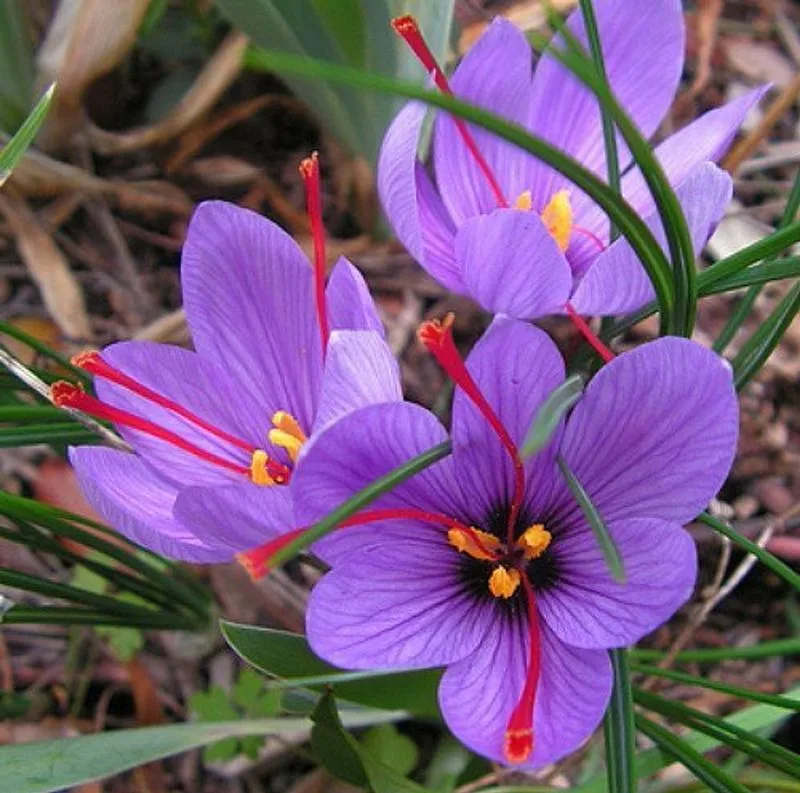
Saffron crocus is celebrated for its valuable red stigmas, used as a spice in various cuisines. This bulbous herb requires full sun to thrive, making it ideal for sunny gardens. Saffron crocus prefers well-drained soil and blooms in the fall, adding color to the garden when other flowers have faded. Growing it in pots ensures it receives the sunlight it needs, and allows for easy harvesting of the valuable stigmas. Its unique growing cycle and culinary value make it a prized addition.
Catnip
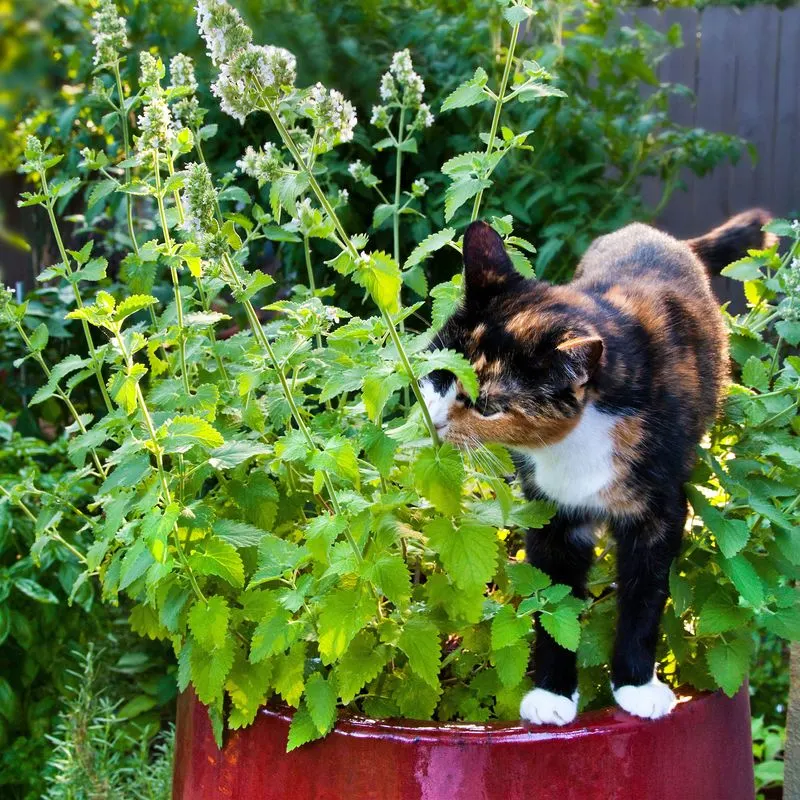
Catnip, a favorite among feline enthusiasts, thrives in shaded environments. Known for its stimulating effects on cats, this herb is also used in teas and traditional medicine. Catnip prefers well-drained soil and regular watering, adapting well to container growth. Its soft, grey-green leaves and small purple flowers add subtle beauty to any garden. While it doesn’t need direct sunlight, regular trimming encourages bushy growth. Catnip’s playful allure makes it a charming addition to shaded patios.
Feverfew
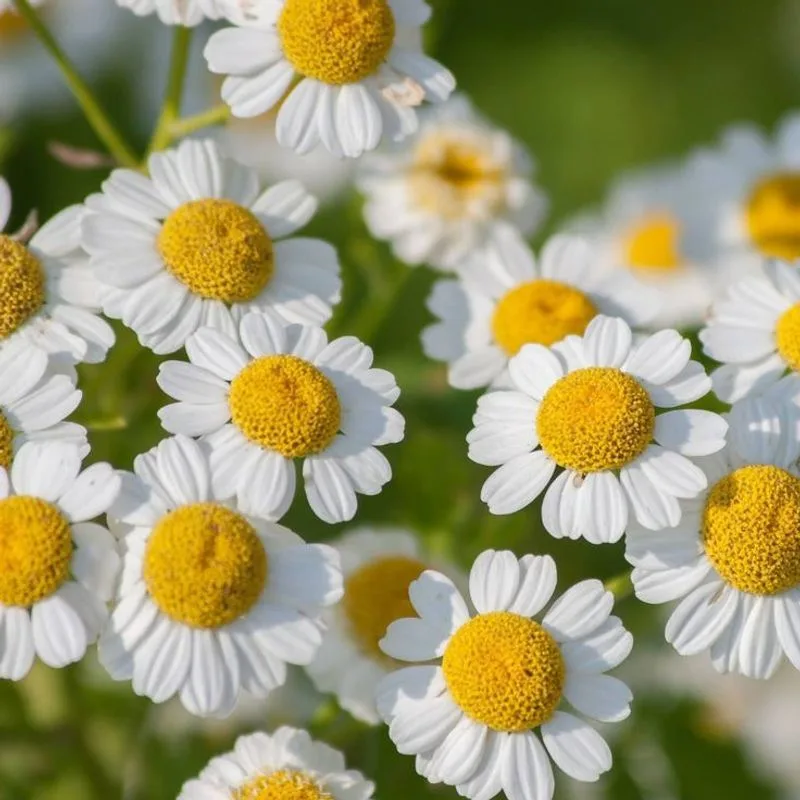
Feverfew, renowned for its medicinal properties, thrives in partial shade. This herb is traditionally used to alleviate headaches and migraines. Feverfew prefers well-drained soil and regular watering, and grows well in containers. Its small white flowers and green foliage add a touch of elegance to shaded gardens. Regular pruning encourages growth and helps maintain its shape. While it’s a hardy plant, feverfew’s adaptability to shade makes it a practical choice for herbal enthusiasts.
Chervil
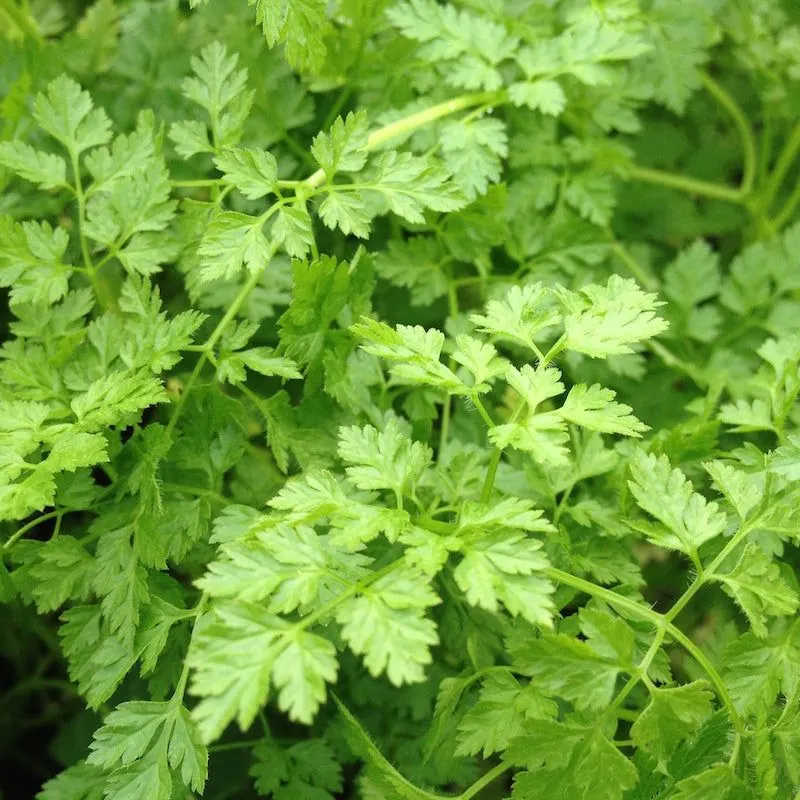
Chervil, often compared to parsley, is a delicate herb that thrives in shaded conditions. Its fern-like leaves and mild anise flavor make it a staple in French cuisine. Chervil prefers cool temperatures and moist, well-drained soil. Growing it in pots allows for easy placement in shaded areas, ensuring it receives the conditions it needs. Regular trimming encourages new growth and maintains its delicate appearance. Chervil’s subtle flavor and shade tolerance make it an elegant addition to any herb garden.
Marjoram
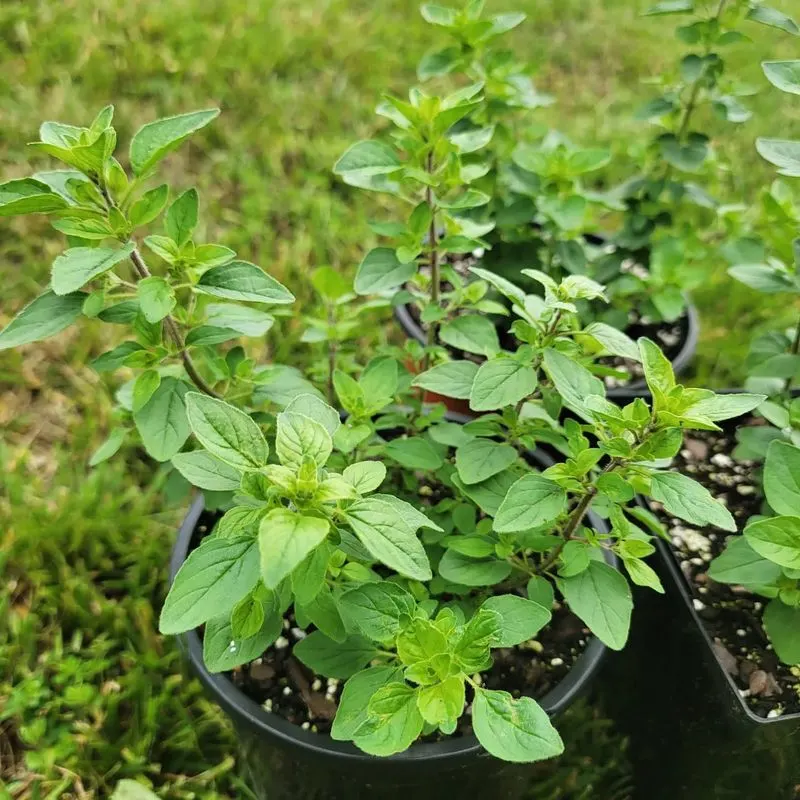
Marjoram, with its sweet, floral aroma, thrives in shaded environments and is a staple in Mediterranean cooking. This perennial herb prefers well-drained soil and regular watering, adapting well to container growth. Its soft green leaves add a delicate touch to any garden. While it doesn’t require direct sunlight, regular trimming encourages bushy growth and enhances its aromatic appeal. Marjoram’s gentle fragrance and culinary versatility make it a delightful addition to shaded patios.
Curry Plant
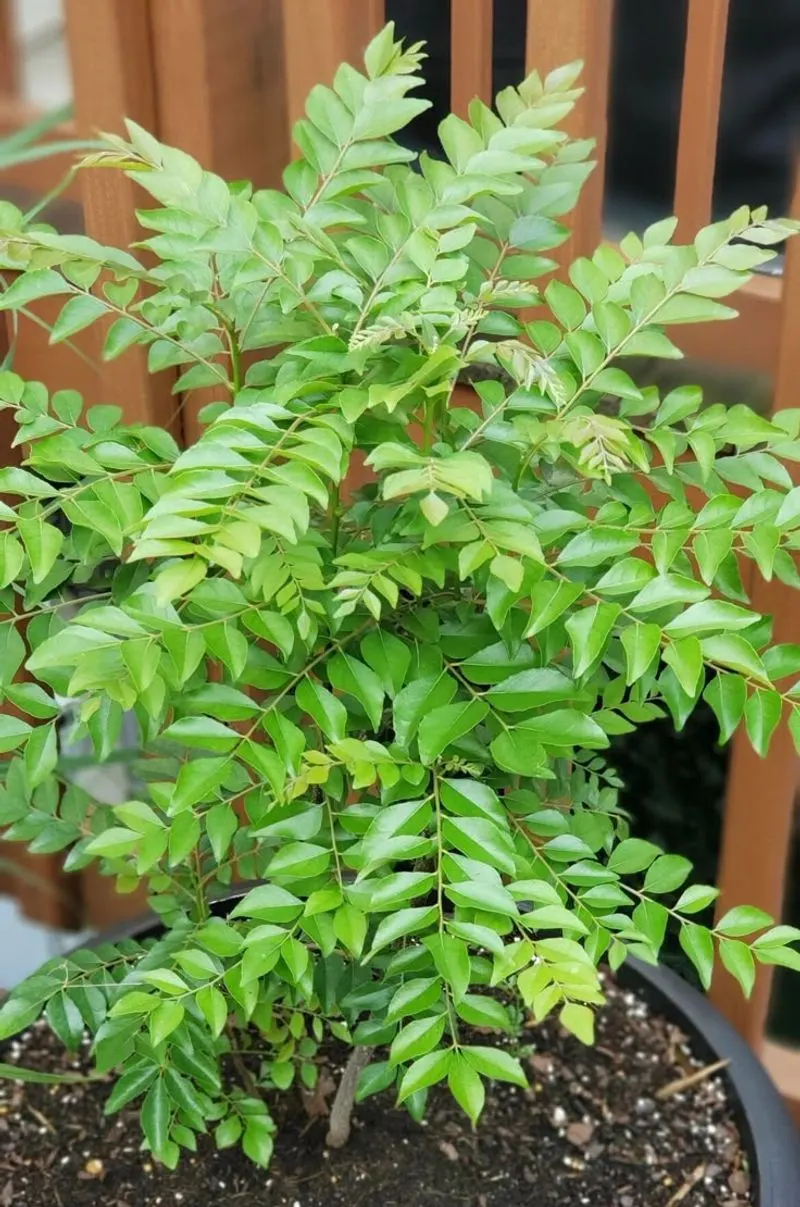
Curry plant, known for its silvery foliage and unique aroma, thrives in full sun. Despite its name, it’s not used in traditional curry dishes but adds a warm fragrance to gardens. The curry plant prefers well-drained soil and is drought-tolerant once established. Growing it in pots allows for easy relocation to sunny spots, ensuring it receives the light it needs. Regular pruning encourages new growth and maintains its compact shape. Its aromatic presence makes it a distinctive addition to sunny gardens.

